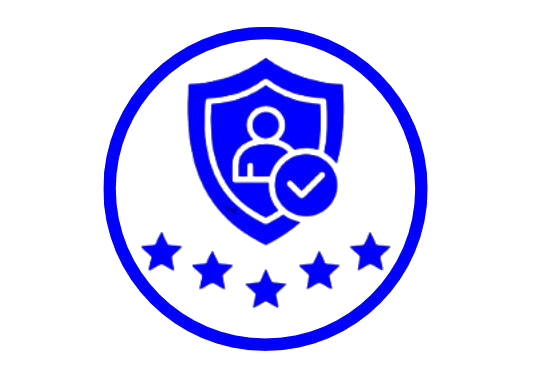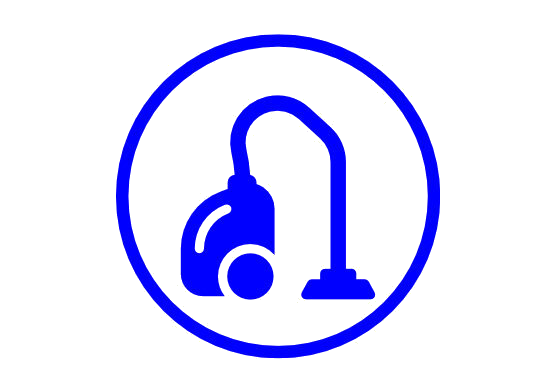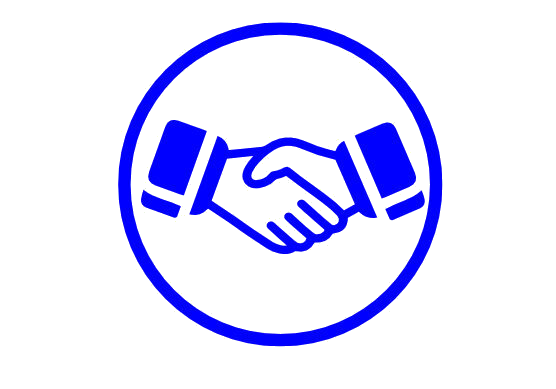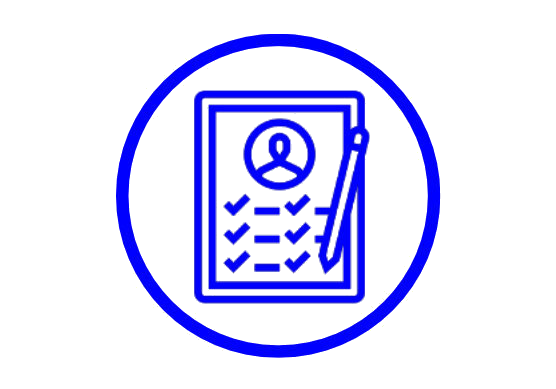Most homeowners in Cheshunt know they cannot use electrical appliances near water. Yet very few people know the actual UK regulations that determine what can and cannot be installed inside a bathroom.
These rules, known as Bathroom Zones, decide where lights, switches, fans, mirrors, and even shaver sockets are allowed. Understanding them is essential for anyone renovating, upgrading lighting, or planning any electrical work in a bathroom.
As bathroom electricians working across Cheshunt, we see mistakes constantly — from lights installed too close to showers, to extractor fans with the wrong rating, to mirrors that simply do not meet UK regulations. Most of these issues happen because homeowners don’t know the rules and some installers cut corners.
This blog explains everything clearly, in simple language, so you can keep your home safe and compliant.
What Are Bathroom Zones and Why Do They Matter?
Bathrooms are considered high-risk electrical areas because water increases the chance of electric shock. To keep homeowners safe, the UK wiring regulations divide bathrooms into several zones. Each zone has strict rules on what type of equipment is allowed.
These are not suggestions. They are laws every electrician must follow under BS 7671 (18th Edition Wiring Regulations).
If electrical work in a bathroom does not follow these rules, you may face problems such as:
- Failed EICR inspections
- Voided home insurance
- Unsafe lighting
- Water getting into fittings
- Increased fire and shock risk
- Issues when selling your home
This is why choosing an experienced bathroom electrician in Cheshunt is so important.
Bathroom Zones Explained in Simple Terms
Think of the bathroom divided into invisible sections based on how close water is likely to be.
Zone 0:
- This is inside the bath or inside the shower tray.
- Only low-voltage, fully waterproof IPX7 lights are allowed here.
- For most homes, that means no lights or electrical fittings at all in Zone 0.
Zone 1:
- This is the area directly above the bath or shower up to a height of 2.25m.
- This is the second most dangerous zone.
- Here, you need at least IPX4 protection, often IP65.
Typical fittings allowed here:
- Shower-proof downlights
- Extractor fans rated for wet zones
- No normal fitting, no pendants, and no standard spotlights are allowed.
Zone 2
- This covers the area stretching 600mm around baths, showers, and sinks.
- It looks harmless, but splashing is still likely.
- You still need IPX4 or above.
- This is where many homeowners make mistakes during renovations.
Outside Zones
- This is everywhere else in the bathroom that is not within the above areas.
- Often safe for standard bathroom fittings but still must be appropriate for humidity.
- This is also the only zone where certain mirrors with built-in lighting or shaver sockets can legally be installed.
Why Bathroom Zones Confuse Homeowners in Cheshunt
Many bathrooms in Cheshunt were built before modern lighting and shower designs existed. Older bathrooms may have:
- Lights too close to showers
- Pull cords where switches should be
- Non-rated downlights
- Incorrect extractor fans
- Mirrors in splash zones
- Old halogen lights that overheat
When we carry out electrical testing in Cheshunt homes, these are some of the most common issues that cause observations on an EICR.
The rules have changed significantly over the years, so even bathrooms that “look fine” may not meet today’s standards.
The Most Common Bathroom Electrical Mistakes Homeowners Make
Here are the mistakes we see week after week:
- Using standard downlights in the shower area: Halogen or non-IP rated fittings can allow steam in, leading to corrosion, shorts, and overheating.
- Installing a mirror too close to the basin: If it’s within Zone 2 and not IP rated, it’s not compliant.
- Extractor fans with the wrong rating: Regular fans aren’t suitable above baths or showers. They must be designed for high-moisture conditions.
- Incorrect placement of switches: No normal switches are allowed inside Zones 0, 1, or 2. Pull cords or outside switches must be used.
- DIY installations without certification: Renovation TV shows make bathroom lighting look simple — the reality is the opposite. All bathroom electrical work is notifiable and must be done by a qualified electrician.
Why LED Downlights Are Now the Safest Bathroom Option
Most Cheshunt homeowners are switching to LED bathroom lighting for one key reason. LEDs operate at a much lower temperature.
This means:
- Reduced fire risk
- Longer lifespan
- Lower running costs
- Safer in moisture-heavy environments
- Better suited to IP-rated housings
Combined with sealed bezels, modern LED downlights are a perfect match for UK bathroom safety requirements.
How JJB Electrical Ensures Bathroom Safety in Cheshunt
When we install or upgrade bathroom lighting in Cheshunt, we follow a strict checklist:
- Confirming the correct zone for every fitting
- Selecting the right IP rating
- Checking the bonding and earthing
- Ensuring correct ventilation and fan placement
- Testing all circuits for safety
- Certifying the work to UK standards
We also explain everything in plain English so homeowners know exactly what is installed and why.
When Should You Get Your Bathroom Electrics Checked?
You should consider an inspection if:
- Your bathroom lights flicker
- You have old halogen fittings
- You’re planning a renovation
- Your house is over ten years old
- You see rust around lights
- Your extractor fan struggles
- Your mirror light keeps failing
Even if everything seems fine, an electrical test provides peace of mind.
Need a Bathroom Electrician in Cheshunt?
If you want to upgrade lighting, add an extractor fan, fit a new mirror, or ensure your bathroom meets UK regulations, JJB Electrical can help.
📞 Call JJB Electrical today: 01992 276089
NAPIT Approved | Trading Standards Checked | Local to Cheshunt








